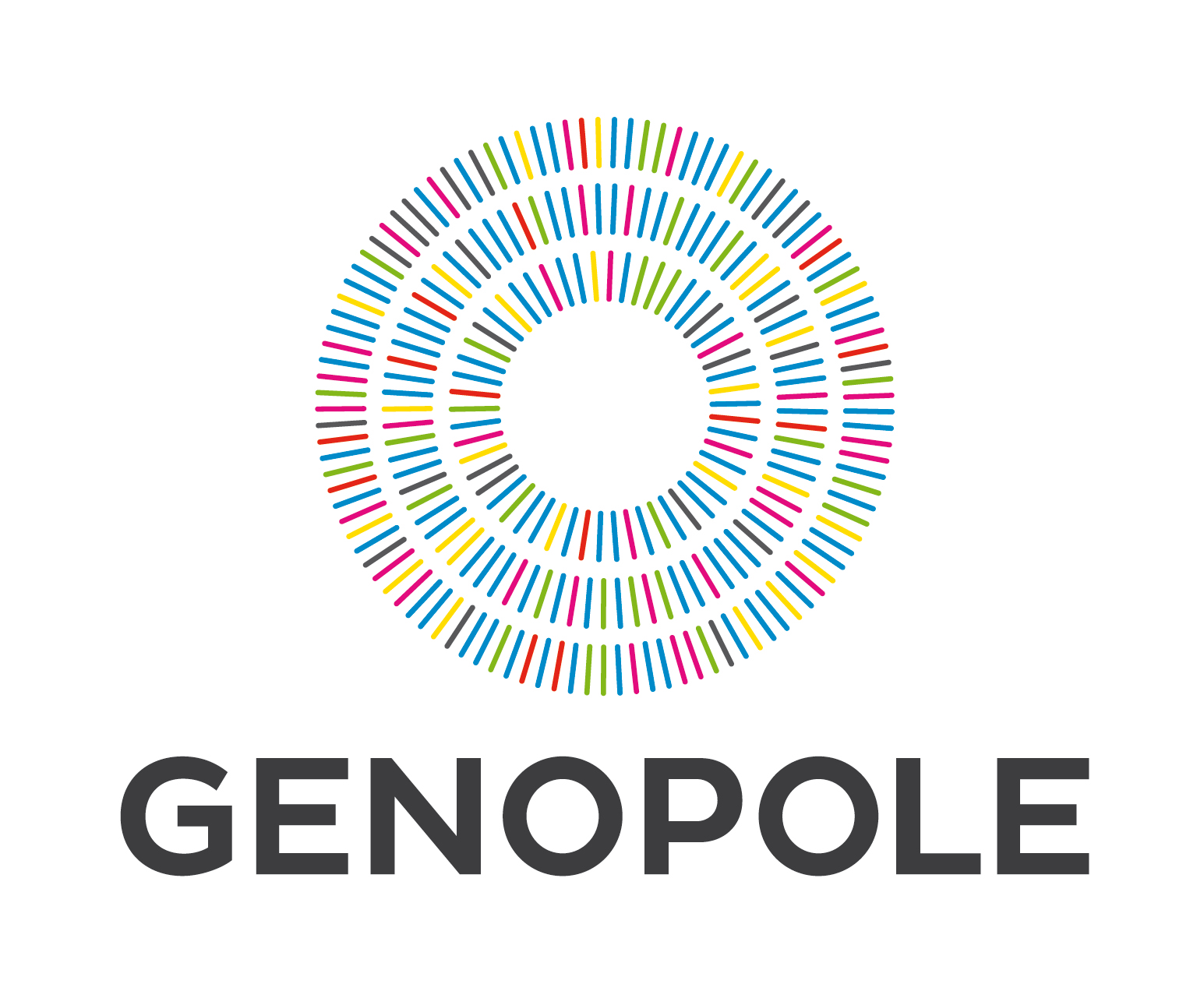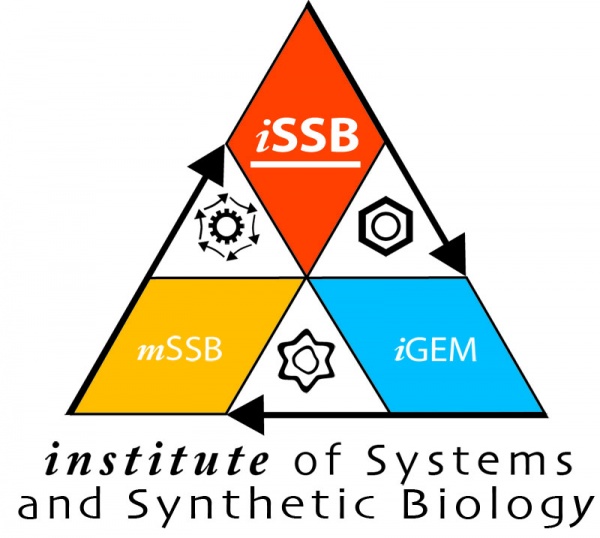Team:Evry/Metabolism model
From 2013.igem.org
(Difference between revisions)
| Line 21: | Line 21: | ||
<p> | <p> | ||
| - | + | The Figure 1 presents the biochemical pathway for producing the enterobactin compound in E.coli. | |
</p> | </p> | ||
| - | + | <div class="captionedPicture" style="float:left;"> | |
| - | + | <a title="Nom Lien" href="https://static.igem.org/mediawiki/2013/3/3b/EntBS.png"> | |
| - | + | <img alt="Nom Lien" src="https://static.igem.org/mediawiki/2013/3/3b/EntBS.png" width="750px" height="381px" alt="enterobactin production pathway" class="Picture"/> | |
| - | + | </a> | |
| - | + | <div class="caption"> | |
| - | + | <b>Figure 1:</b> Légende ici. | |
| - | + | </div> | |
| - | + | </div> | |
| - | + | <div style="clear: both;"></div> | |
| - | + | ||
<p> | <p> | ||
| - | As | + | As can be seen in the figure the pathway is 4 steps long and composed of six different enzymes. Hence there exists 4 possible metabolites which concentration may be limiting : |
| + | |||
| + | <ul> | ||
| + | <li>Chorismate</li> | ||
| + | <li>Isochorismate</li> | ||
| + | <li>2,3-dihydroxy-2,3-dihydrobenzoate</li> | ||
| + | <li>2,3-dihydroxybenzoat</li> | ||
| + | </ul> | ||
</p> | </p> | ||
| + | |||
| + | <h1>Goal</h1> | ||
| + | |||
| + | We highlighted two main kind of interactions between the bacterial and our system : | ||
| + | |||
| + | <ol> | ||
| + | <li>The synthetic system interacts with the bacterial metabolism. Leading to scarcity of the metabolites involved in the pathway for the other (possibly essential) metabolic reactions of the cell.</li> | ||
| + | <li>The other way round, the metabolic reactions could prevent our synthetic system to work as expected by limiting the quantity of the involved metabolites available.</li> | ||
| + | </ol> | ||
<center> | <center> | ||
Revision as of 23:14, 4 October 2013
Flux modeling
In this part of our modeling work we focus on genome scale analysis of the enterobactin production pathway. A major concern about our system is its non-orthogonality with the natural metabolic network of the cells : E.Coli already possesses the genes for producing enterobactins. Therefore we wanted to assess the possible interactions between our system and the bacterial metabolism.
Observations
This model stems from the following observations :- Enterobactin production pathway is a metabolic process;
- Any of the involved metabolites may limit the rate of the reactions.
The Figure 1 presents the biochemical pathway for producing the enterobactin compound in E.coli.
As can be seen in the figure the pathway is 4 steps long and composed of six different enzymes. Hence there exists 4 possible metabolites which concentration may be limiting :
- Chorismate
- Isochorismate
- 2,3-dihydroxy-2,3-dihydrobenzoate
- 2,3-dihydroxybenzoat
Goal
We highlighted two main kind of interactions between the bacterial and our system :- The synthetic system interacts with the bacterial metabolism. Leading to scarcity of the metabolites involved in the pathway for the other (possibly essential) metabolic reactions of the cell.
- The other way round, the metabolic reactions could prevent our synthetic system to work as expected by limiting the quantity of the involved metabolites available.

Overview
Assumptions
Model Description
Results
Conclusion
References:
 "
"














